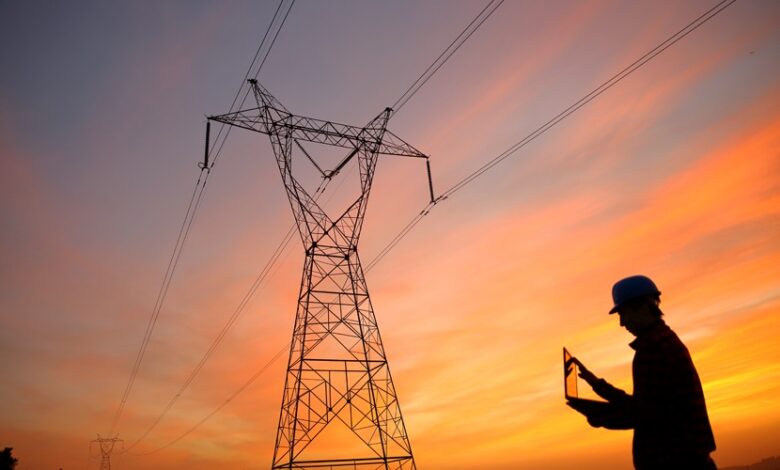Duties and Responsibilities of an Energy Supplier

A customer can choose from several different suppliers in a deregulated energy market. These are companies that purchase wholesale energy like electricity or gas and offer access to these energies in the form of contracts.
They compete with utilities by offering lower default service rates. Their duties and responsibilities include:
Responsible for supplying electricity to customers
Electricity companies are responsible for delivering energy to their customers reliably and efficiently. Their duties include ensuring that electricity is always available, managing transmission networks, and responding to emergencies. They also work to set up climate-friendly energy solutions for their customers. In addition to controlling various regions, they own many towers, lines, wires, poles, and gas infrastructure that facilitate the transmission and distribution of electricity and natural gas. They are also responsible for maintaining and repairing this infrastructure and are the ones to call if you have any issues.
Utility companies in a traditional system function as monopolies, but customers can choose their energy suppliers in deregulated markets. The consumer decides what kind of energy to purchase from various packages that vary by price and source. Energy providers package the energy produced by energy producers and then sell it to consumers, so you must know how to choose an energy provider.
After you select a competitive energy supplier, the utility company will still deliver your power and natural gas through existing wires and pipes. They will continue to respond to electric and gas emergencies and restore service after outages. You will receive one consolidated bill from the electric utility for delivery charges and a separate bill from your energy supplier for supply. Typically, the electric supplier will charge you fixed charge-dollars per kilowatt-hour of electricity over some time.
Responsible for transporting electricity to customers
Before energy deregulation, utility companies were the one-stop shop for everything energy, handling both power generation and transmission and electricity distribution throughout the grid. They had a monopoly in their specific service areas and would charge whatever they wanted for their services.
Customers can purchase their supply from an ESCO or a traditional utility company in a deregulated market. Utilities deliver electricity and gas to buildings using current wires and pipes. They also handle any electric or gas emergencies that may arise. In addition, utilities continue to inspect and maintain the power grid, ensuring it is safe and reliable.
The primary duties of a line worker include identifying and repairing faulty components in the power infrastructure. They also work to install and repair lines between points and must follow strict safety regulations and precautions. In addition, these workers are responsible for checking meters to record usage.
The responsibilities of an electricity supplier are to buy electricity through a balance, responsible party on power exchanges, or directly from plant owners and sell it to the customers. They are also responsible for paying the grid companies for transporting electricity to customers. They must also transmit meter data to the grid companies for settlement purposes. In addition, they are responsible for collecting payment for consumption, duties, tariffs, and transport to the customer in one single invoice.
Responsible for paying the grid companies for transporting electricity
The vast network of power plants, transmission lines, and distribution centers that make up the electricity grid is out of sight to most people. The grid balances the energy supply and demand that fuels homes, offices, and factories. Its reliability is crucial to economic efficiency, but it usually only comes to public attention when large-scale outages occur.
To meet electricity demand, the grid needs to be able to dispatch power to locations with the lowest marginal cost. This is done through a capacity market, in which an ISO or RTO holds an auction based on projections of electricity demand up to three years in the future. Energy generators bid prices equal the cost of operating their plant, and the highest bidders are selected. These prices are then passed on to consumers through their network charges.
In addition to supplying electricity to customers, grid companies are responsible for several other tasks. These include metering, transmission system management, and paying electricity taxes. They also provide a 24-hour toll-free phone number for customer service.
The grid faces significant challenges due to the rising penetration of renewable energy and new technologies. Its aging infrastructure needs a significant upgrade. It is estimated that this will require $65 billion in investment. To avoid costly outages, these upgrades must be expedited. However, cumbersome permit-granting procedures are a severe obstacle to their implementation.
Responsible for metering
The energy supplier is responsible for installing and maintaining a metering device that accurately measures net electricity flow in both directions. In addition, the company must provide customers with safe access to their premises if they need to test, inspect or change a meter. In some states, customers can choose whether or not to get an advanced meter, also known as a smart meter.
An energy supplier must have an internal process for responding to and resolving customer inquiries, disputes, and complaints. This process should record the initial inquiry or dispute, any subsequent communications, and the resolution of the issue. The energy supplier must keep these records for three years or longer.
In addition, an energy provider must provide customers with information about electricity and gas rates and other company programs. They must also answer questions about fundamental high-bill issues, credit processes, and energy conservation. They can also help to resolve high-bill problems and refer them to agencies that can provide financial assistance. Finally, an energy supplier must be able to set capacity tags for buildings during peak demand events. This is done by checking the building’s demand meters and using that information to set a capacity for each building.





